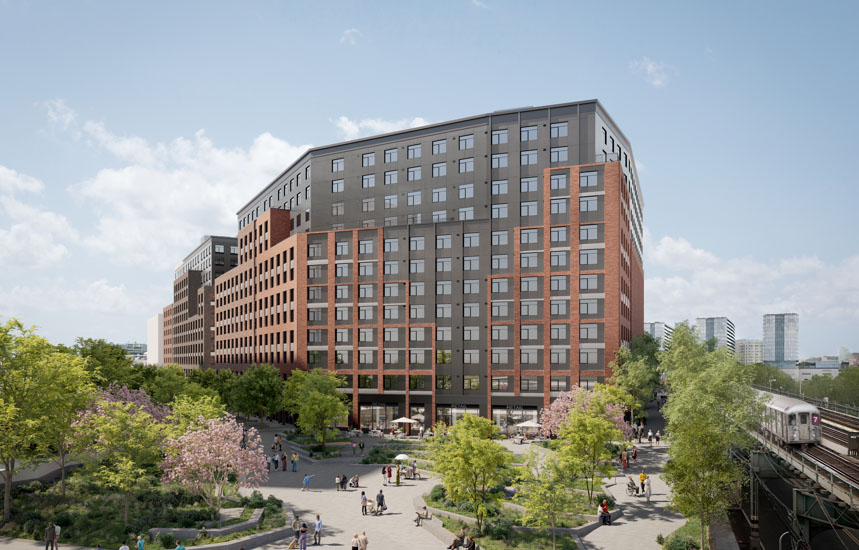New York City Local Law cheat sheet: Local Law 84, Local Law 87 and Local Law 88 - by George Crawford

Green Partners
This article is written as a summary of the three energy-related local laws that require compliance for most all multifamily and commercial buildings located in the five boroughs of New York City.
1. Benchmarking - Local Law 84 and Local Law 133. Buildings, both commercial and multifamily, known as “covered buildings,” are required to file a Benchmarking report annually. Failure to file by May 1st of each year, will result in a fine of $500 per quarter with a cap of $2,000 for any one filing year. Building owners and managers should also be aware that the LL 84 and LL 133 Benchmarking requirements have just expanded. The 2019 Benchmarking cycle has a platform which includes smaller buildings. Until now the Benchmarking filing requirement was limited to buildings that were 50,000 s/f and up. Now the requirement includes buildings that are 25,000 s/f and up. Building owners and managers should double check their portfolios to make sure that no building in the expanded platform is left behind. The “failure to file” fines for the recently added smaller buildings will be the same as the larger buildings, as covered above.
In addition to the expanded Benchmarking platform, there is an additional requirement that has been added to the list. This new requirement involves the posting of a letter grade for each building’s Benchmarking score. These letter grades must be posted by each building entrance.
The conversion schedule for numerical Benchmarking scores to letter grades is as follows:
• Letter Grade “A” for Benchmarking Scores 90 and above.
• Letter Grade “B” for Benchmarking Scores 50 to 89.
• Letter Grade “C” for Benchmarking Scores 20 to 49.
• Letter Grade “D” for Benchmarking Scores 19 and under.
• Letter Grade “F” for Non-Compliance.
• Letter Grade “N” for Exempt.
2. Energy Audit - Local Law 87. Buildings, both Commercial and Multifamily, known as “covered buildings,” are required to file an Energy Audit Report every ten years. These are buildings that are 50,000 s/f and larger. Failure to file will result in a fine of $3,000 for the first year and then $5,000 each subsequent year. There is no cap on this penalty. Therefore, a building that fails to file for three years would be looking at a fine of $13,000, failure to file for a five-year period would result in a fine of $23,000, and so on. The filing schedule is based on the block number of the “covered building” in question. The ending number of the block number determines the filing date. So for a building with a block number that ends in the number 9, the filing deadline would be December 2019 – this year.
The process itself involves engaging an engineer qualified to prepare an Energy Audit and Retro-Commissioning Report. The best approach is to engage the engineer the year before the filing deadline, which will allow visits to the building at different times, including when the heating system is under a load (winter) and when the air-conditioning system is under a load (summer). Additionally, as part of the filing requirement, the engineer must prepare a Retro-Commissioning Report. Conditions included in the report will require corrective action prior to the filing of the report. It is therefore important the landlord receive the Retro-Commissioning Report in a timely manner so that corrective actions can be completed before the Energy Audit Report is filed. Corrective actions must be documented as part of the process.
3. Lighting Upgrade – Local Law 88 and Local Law 134. Buildings, both commercial and multifamily, known as “covered buildings,” 50,000 s/f and now with LL 134, 25,000 s/f or larger, are required to perform upgrades, including lighting upgrades to be completed not later than January 1st, 2025. Because requirements for commercial and multifamily properties differ, the requirements for the two building types are broken into the two sub sections below:
Multifamily: Multifamily lighting upgrades (to LED) are required for all building common areas including lobbies, hallways, service areas, basements, mechanical rooms, utility closets, and laundry rooms, as well as building exterior lighting. This requirement does not include any of the residential units. Voluntary lighting upgrades in apartment units, however, would reduce overall building electric consumption and have a positive impact on Benchmarking scores.
Commercial: Lighting upgrades (to LED) are required for the exterior as well as all interior spaces including tenanted offices, guest rooms in hotels, and bedrooms in nursing homes and hospitals. In addition, for office buildings, there are sub-metering requirements. All tenanted offices that are 10,000 s/f or larger must be sub-metered unless directly metered by a utility. These wiring and lighting upgrades must be completed by January 1st, 2025. Buildings must arrange for an inspection by a registered design professional or a licensed master or special electrician to confirm that sub-meters have been installed in compliance with this Local Law.
George Crawford is the principal of Green Partners, New York, N.Y.
Related Cos. and Sterling Equities open housing lottery for Willets Point Commons


Strategies for turning around COVID-distressed properties - by Carmelo Milio







.gif)


.jpg)
.gif)